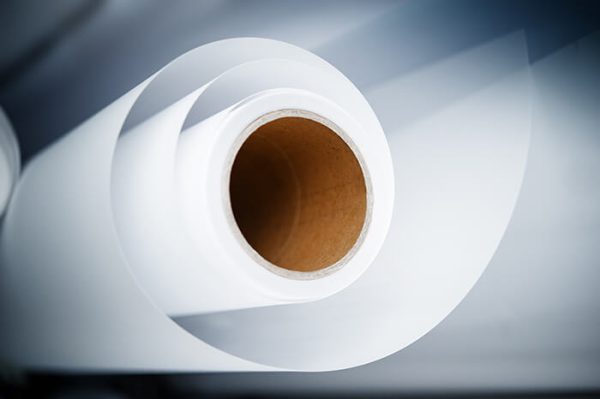
The first pigment and filler in papermaking – calcium carbonate
Since the promotion of neutral sizing technology, calcium carbonate has been widely used in the papermaking industry, firstly as a papermaking filler, and secondly as a coating pigment. Calcium carbonate is rich in sources and cheap. It has fine particles and high whiteness. It can significantly improve the opacity of the paper, increase the ink absorbency of the paper, make the paper softer and tighter, improve the gloss, and have less impact on the physical strength of the paper. .
1. As filler
Heavy calcium as a filler is mainly used in printing paper, writing paper, office paper and advertising paper except cigarette paper, filter paper and special low-weight information paper. In practical applications, the heavy calcium raw material used for coated paper is 325 mesh, the whiteness requirement is above 92, and the calcium carbonate content is greater than 98%; the heavy calcium raw material for whiteboard paper and other materials is 1250 mesh or above, the whiteness requirement is above 92, and the calcium carbonate content is 98% %.
2. As coating pigment
Calcium heavy as a pigment can be used in primers and topcoats to improve the quality and uniformity of printed products, and many characteristics of coated paper also depend on the selection of pigments. Calcium carbonate has high whiteness and good fluidity, and is suitable for formulating high solid content coatings; it has a low demand for adhesives and can improve the ink absorption of the coating; it can provide good whiteness and color tone and improve breathability; it is One of the most commonly used coating pigments.
3. Selection of calcium carbonate for papermaking
Heavy calcium carbonate and light calcium carbonate have their own advantages as papermaking fillers. The choice of calcium carbonate should be based on the actual paper production process requirements.
The amount of filler added is mainly determined by factors such as the type of paper, the type of slurry, the nature of the filler itself, and the papermaking conditions of the paper machine. In order to save plant fibers and reduce production costs, the amount of filler should be appropriately increased while ensuring the requirements for paper making and use.
4. Calcium carbonate modification for papermaking
Although calcium carbonate is one of the important fillers in the paper industry, unmodified calcium carbonate has poor compatibility and binding force with pulp fibers, and has a low retention rate, which can easily cause material interface defects and reduce the mechanical strength of paper. Therefore, calcium carbonate needs to be modified, and the modification methods mainly include chemical coating modification and surface modification.
5. Compound calcium carbonate
With the continuous advancement of papermaking technology and powder processing technology, it has become a significant trend to utilize the physical and chemical properties of different minerals to learn from each other and improve the added value and functionality of products. In papermaking, the technology of using kaolin, titanium dioxide, pyrophyllite, dolomite, illite, tremolite, talc, wollastonite, etc., mixed with calcium carbonate to make composite products is quite mature. The proportion used in the specific formula There are slight differences in types, but the principles are similar.
